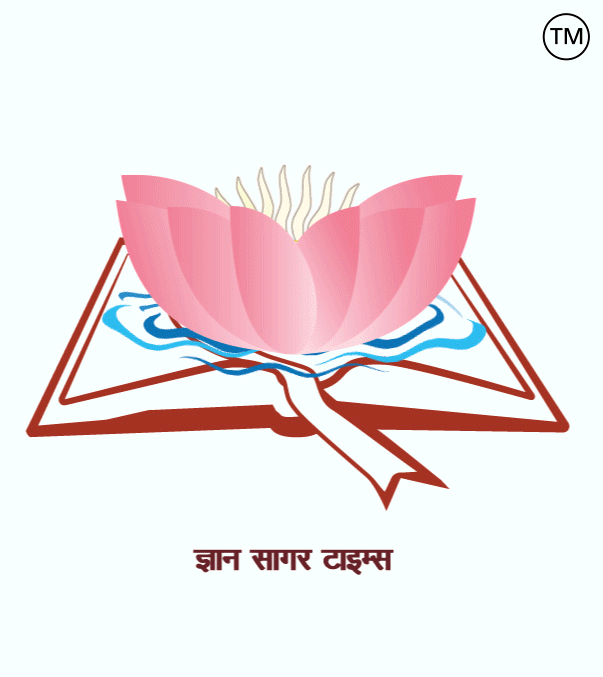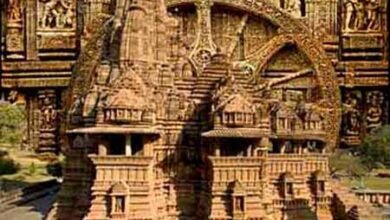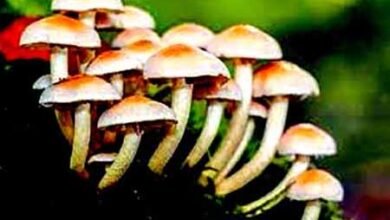
Related To Zoology-175.
|
1. Father of Biology? = Aristotle. 2. What is called the science of the study of birds? = Ornithology. 3. Whose scientific name is Pavo cristatus? = Peacock. 4. Which mammal creature has the largest eyes? = Tarsiers. 5. Who is not a colloid? = Urine solution. 6. Which organism lacks a true nucleus? = Bacteria. 7. Refrigeration of material containing microorganisms is a process which? = Neutralizing bacteria. 8. What causes milk to freeze as curd? = Lactobacillus. 9. Which mammal’s milk has the least amount of water? = Female Elephant. 10. Whose milk is the highest amount of fat found? = Reindeer. 11. What is the most dangerous disease of chickens? = Ranikhet. 12. Which is the centre of respiration within the cell? = Mitochondria. 13. Which is the organism that contributes to the scavenging of soil? = Earthworm. 14. Why do butterfly eyes glow at night? = Causes of tapetum lucidum. 15. Who does not have blood, but breaths? = Hydra. 16. Who is known as ‘Jelly Fish’? = Aurelia. 17. The adult human structure is based on how many bones? = 206. 18. What type of joint is the Elbow joint? = Synovial hinge Joint. 19. What age do milk teeth fall? = About 6 years of age. 20. Which blood group is the universal recipient? = AB+. 21. Is The RH factor related? = Blood. 22. Which blood group is the universal donor? = O. 23. Smallest bone? = Stapes bone (in the middle ear). 24. Largest bone? = Femur (in thigh). 25. Largest gland? = Liver. 26. Longest muscle? = Sartorius. 27. Hardest body part? = Tooth enamel. 28. Where are the red blood cells RBCs produced? = Bone Marrow. 29. Who is called the graveyard of the RBCs (Red blood cells)? = Spleen. 30. What is not found in blood group AB? = Antibody. 31. What is absent in blood group O? = Antigen. 32. Where is the purification of human blood? = Kidney. 33. Which element is found in blood? = Iron element. 34. How many ribs are there on both sides of a man’s chest? = 12 -12. 35. How many grams is the weight of a man’s heart? = About 300 grams (average weight 280 to 340 gm). 36. How many times a healthy human’s heart beats in a minute? =72 times. 37. Which is the smallest gland of the human body? = Pituitary Gland. 38. Which capsule is found in the kidney? = Bowman’s capsule, Renal capsule. 39. Which is the most widely found mineral in bones? = Calcium and phosphorus. 40. What is called a protein factory? = Ribosome. Dr. (Prof.) Amarendra Kumar. ========== ========= =========== जंतु विज्ञान से संबंधित-175.
1. जीव विज्ञान के जन्मदाता? = अरस्तू. 2. पक्षियों के अध्ययन के विज्ञान को क्या कहते हैं? = आर्निथोलॉजी. 3. ‘पावो क्रिस्टेशस’ किसका वैज्ञानिक नाम है? = मोर. 4. सबसे बड़ी आँखें किस स्तनधारी प्राणी की होती है? = टार्सियर्स. 5. कौन कोलॉइड नहीं है? = यूरिन का घोल. 6. वास्तविक केन्द्रक किसमें अनुपस्थित होता है? = जीवाणुओं. 7. सूक्ष्म जीवाणुओं युक्त पदार्थ का शीतिकरण एक प्रक्रिया है, जिसका कार्य है? = जीवाणुओं को निष्क्रिय करना. 8. दूध के दही के रूप में जमने का कारण है? = लैक्टोबैसिलस. 9. किस स्तनधारी के दूध में जल की मात्रा सबसे कम होती है? = मादा हाथी. 10. किसके दूध में वसा की सर्वाधिक मात्रा पायी जाती है? = रेण्डियर. 11. मुर्गियों की सबसे ख़तरनाक बीमारी कौन-सी है? = रानीखेत. 12. कोशिका के भीतर श्वसन का केन्द्र कौन होता है? = माइटोकॉण्ड्रिया. 13. भूमि के अपमार्जन में योगदान देने वाला जीव कौन-सा है? = केंचुआ. 14. तितली की आँखें रात में क्यों चमकती हैं? = टेपिटम लुसिडम के कारण. 15. किसमें रक्त नहीं होता है, किंतु वह श्वसन करता है? = हाइड्रा. 16. किसे ‘जेली फिश’ के नाम से जाना जाता है? = ऑरीलिया. 17. वयस्क मानव ढाँचा कितनी हड्डियों पर आधारित होता है? = 206. 18. एल्बो ज्वाइंट (Elbow Joint) किस प्रकार का ज्वाइंट है? = साइनोवियल हिंज ज्वाइंट. 19. दूध के दांत किस आयु तक गिर जाते हैं? = करीब 06 वर्ष तक की उम्र. 20. सर्वग्राही रक्त समूह है? = AB +. 21. आर० एच० फैक्टर सबंधित है? = रक्त. 22. सर्वदाता रक्त समूह है? = O. 23. सबसे छोटी अस्थि? = स्टेपिज़ (मध्य कर्ण). 24. सबसे बड़ी अस्थि? = फिमर (जंघा). 25. सबसे बड़ी ग्रंथि? = यकृत. 26. सबसे लम्बी पेशी? = सर्टोरियास. 27. शरीर का सबसे कठोर भाग? = दांत का इनेमल. 28. लाल रक्त कणिकांए RBC का निर्माण कहाँ होता है? = अस्थिमज्जा. 29. RBC लाल रक्त कण की कब्रगाह किसको कहा जाता है? = प्लीहा. 30. AB रक्त समूह में क्या नहीं पाई जाती है? = एण्टीबॅाडी. 31. O रक्त समूह में क्या नहीं होता है? = एणटीजन. 32. मनुष्य के रक्त का शुद्धिकरण कहाँ होता है? = किडनी. 33. रक्त में कौन सा तत्व पाया जाता है? = लौह तत्व. 34. मनुष्य की छाती में दोनों तरफ कितनी पसलियां होती है? = 12 -12. 35. मनुष्य के हृदय का भार कितने ग्राम का होता है? = लगभग 300 ग्राम (औसत वजन 280 से 340 ग्राम). 36. स्वस्थ मनुष्य का हृदय एक मिनट में कितनी बार धड़कता है? = 72 बार. 37. मानव शरीर की सबसे छोटी ग्रंथि होती है? = पिट्यूटरी ग्रंथि. 38. किडनी में कौन सा कैप्सूल पाया जाता है? = बोमन कैप्सूल, रिनल कैप्सूल. 39. हड्डियों में सबसे व्यापक रूप में मिलने वाला खनिज हैं? = कैल्शियम और फास्फोरस. 40. किसे प्रोटीन की फैक्ट्री कहा जाता है? = राइबोसोम (Ribosome).
डॉ. (प्रो.) अमरेन्द्र कुमार.
|






